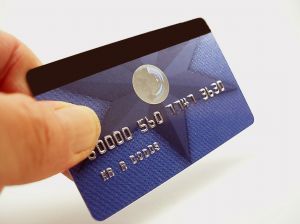Any business, company or organization can fall victim of accounts payable fraud. If it takes too long for the fraud to be detected, the company may have already lost too much money for it to be recovered. The business may have no choice but to file for bankruptcy or close its doors forever. If accounts payable fraud is detected early enough, the fraud may be stopped with no or little damage to the business operations of the company. There are signs to look for; if they are present then most likely there is some type of fraud going on.
While one individual may be solely involved in accounts payable fraud, it normally involves more than one person. For example, when a check is written to pay off an invoice, usually two signatures are required on a check. So that the fraud is not detected, the second person signing the check is usually in on the action. Another example is using an individual from the outside to act as a supplier. This individual is needed to make up false invoices.
The people within the organization who are involved with accounts payable fraud know that they have to cover up their “mistakes.” They cannot just write a check and think that things will be good. They have to record the checks they write on the balance sheet as an expense. That is why fraud remains undetected until it is too late. By the time it is detected, the ones committing the fraud will, most likely, may have already left the business. Therefore, it is necessary to closely monitor the balance worksheet and question about transactions made to unfamiliar vendors. If the transactions are with one of the regular vendors, make inquires if you notice if the invoices have suddenly increased.
Check the invoices on a regular basis. When fraud is occurring, the individuals may use an existing Vendor’s name to cover up the fraud. However, they will use a different mailing address. Have a list of your vendors and their mailing addresses. If you see an invoice from a well-known vendor, call them and inquire about it if you suspect that it might be fraud.
Check with the vendors and the indivduals who are involved in accounts payable transactions. See if there is any family connection. Fraud has the possibility of existing when the transactions are between family members.
The individuals involved with accounts payable fraud may use a duplication system and claim that it was just a mistake if the transaction is discovered. For example, there may be an invoice for $2,000. The individual will write two checks for that amount. One will go to the vendor and the other to the false vendor. If caught, the individual will state that it is hard to keep track of all the transactions that go in and out. If this happens, call the vendor to see if he received two checks.
If your vendors do not receive their money, they will make collection calls. If you see on the balance sheet that the vendor has already been paid, see if the check has already been posted. Do a thorough audit of the books to see when the fraud occurred and who is responsible.
If too many checks are going out, this is a warning sign that fraud is going on. Just remember if a check is written for a vendor and signed, it does not mean that it reached the vendor. The individual could have easily changed the name and sent it to somebody else. As each check clears the bank, look at the copy to see if there have been any alterations.
When you know what to look for and where to look, you can detect accounts payable fraud early in the game. Once you detect the fraud, you must fix the problem immediately. This included recovering as much money as possible and disciplining the individuals. Even if it means terminating and pressing charges against all people involved in the fraud, you are helping the company by preventing the same thing from happening in the future. It is best to stop fraud even before it begins. Let your employees know that they will face serious consequences if they are involved in any type of fraudulent activities.


